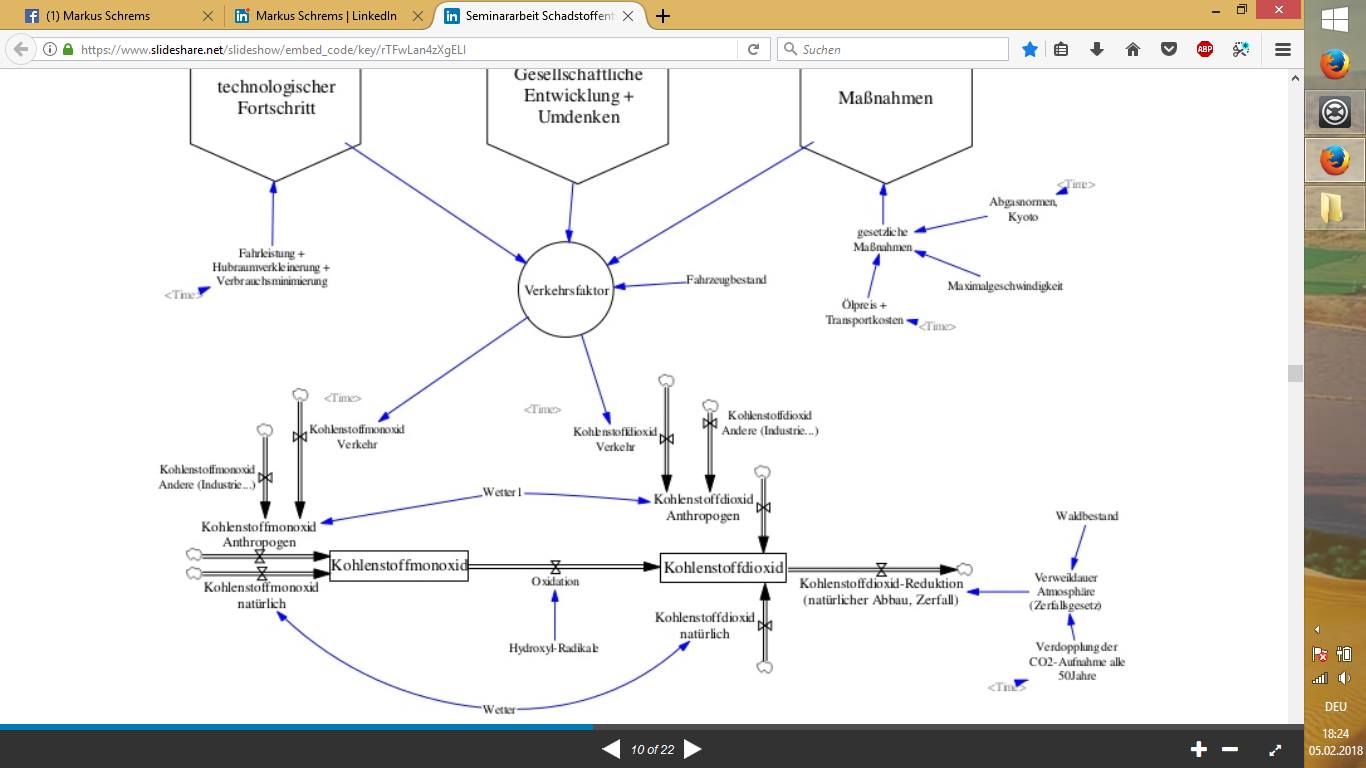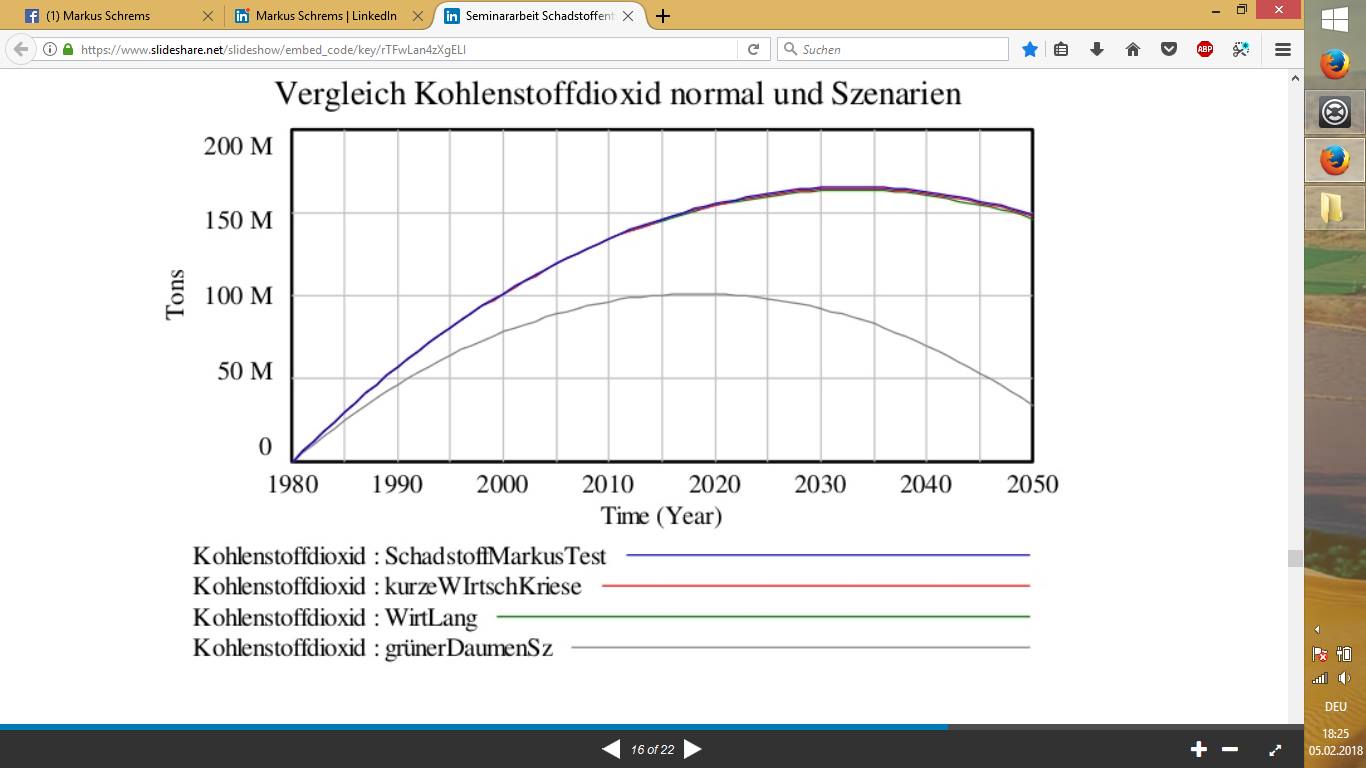



书
太空人口计划是一个电磁加速器系统,始于 月亮;像欧洲核子研究组织(C.E.R.N)但更大更直,可以将我们高速射入宇宙。

像 CERN 一样的电磁加速器,但更大、更直接,适用于宇宙飞船

电磁轨道炮
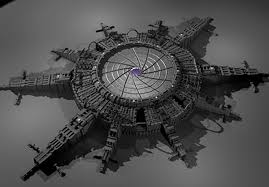
月门和空间站
电磁轨道炮可以将弹丸在 5 米内加速至约 10000 公里/小时 除以 3.6 = 2780 [m/s]。
v^2 = u^2 + 2as
其中 a 是加速度,v 是最终速度,u 是初速度,s 是位移。 u = 0
a = v^2 / (2s)
a = 2780^2 [米/秒] / (2 * 5 [米])
a ≈ 772 840 m/s^2
现在,我们可以使用相同的加速度来计算飞船在月球上的最终速度。 由于我们已知的行进距离为 3 000 000 [米](月球直径),因此我们可以使用以下等式:
v^2 = u^2 + 2as
已知行进距离为 3,000,000 米,因此:
v = √(2as)v = √(2 * 772 840 * 3 000 000)
v ≈ 2 153 379 m/s = 7 752 163 [km/h]]
或者科学家巧合地发现了扭曲气泡!
Warp-Bubble Fanaticalfuturist.com-article
Warp-Bubble epj - european physical journal-article
 Alcubierre-Drive
Alcubierre-Drive

Warp-Bubble
一个位于纽约州表面的海鲜农场可以养活全世界。
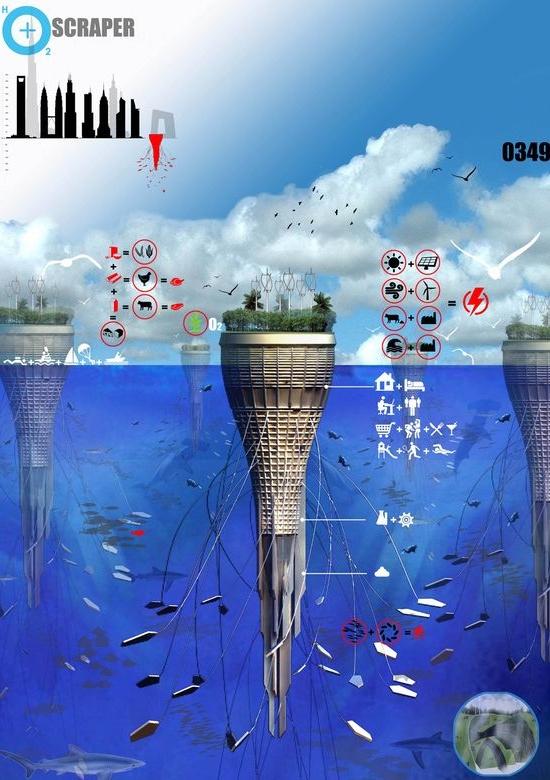
海底刮板,巨大的海鲜养殖场
多发性硬化症、癫痫、莱姆疏螺旋体病、阿尔茨海默病、慢性病、心脏病、脑瘫、哮喘、 一切与风湿有关的疾病、细菌引起的疾病、老年病 黄斑病、视网膜脱离、红斑狼疮、阳痿、各种麻痹及特殊 事故后、疱疹疾病(如唇疱疹和生殖器疱疹)、耳鸣、 所有类型的肿瘤,尤其是肺、胃、前列腺、皮肤的肿瘤 (经过适当治疗后,恶性黑色素瘤的成功率几乎为 100%)、嘴唇肿瘤、 舌头、脱发、心律失常、惊恐发作、提高智力 学童、自闭症、糖尿病相关疾病、糖尿病视网膜病变、 帕金森氏症以及许多其他疾病。
Curismo Youtube

该公司发明了一种用二氧化碳生产颗粒的工艺 存在于空气中并用作燃料。
一个设施吸收的二氧化碳相当于 4000 万棵树;每个加油站都有设施 现场生产燃料。

碳工程

CO2-Engine

BoylesFlaskAdvanced (专利申请:驳回)
罗伯特·博伊尔的烧瓶可以与啤酒一起工作,直到碳酸消失。视频于 youtube.com 的标题是:“Boyle's flask works now”。通过添加水轮作为发电机 以及用于渗透二氧化碳或气泡或碳酸罐的分布器 维持循环以赢得能量。

BoylesFlaskPerpetual

BiomechanicsTree
北美的红杉树可以将水输送到100米以上的高度,不知何故 应该有可能利用这个机制来赢得能量。

Sequoyah毛细管发电厂

Sequoyah毛细管阶梯动力装置
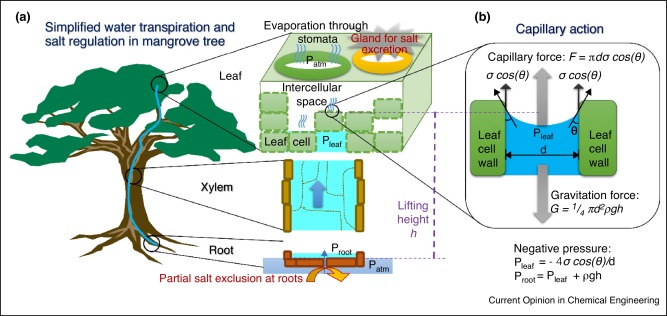
ProspectsOfArtificialTreeForSolarDesalination
ProspectsOfArtificialTreeForSolarDesalination-ScienceDirect
Passive water ascent in a tall, scalable synthetic tree - Nature Magazine

CapillaryFormula
h=爬升高度; σ = 表面张力; θ=接触角; ϱ = 密度; g = 重力加速度; r = 半径。

Capillary Waterwheel

YCapillary fills untill both upper ends

Schrems-毛细管:应完全填充自身,但原型的尺寸为:k = 3cm; L=1m; d1 = 0.8mm; d2 = 0.4 mm; d3 = 0,02mm 不起作用。它自行填充,但 d2 处的压力 太低了,所以它没有在那里转移。

阀门毛细管根据通径的毛细管效应吸入液体 阀门/膜 (3) 取决于毛细管的上升高度 (2) 关闭了。阀门/薄膜的设计必须能够桥接毛细管效应,否则 尽管立管大于管道的长度,毛细管仅填充到一定高度 位于顶部开口或侧面开口下方。然后阀门/隔膜 (3) 打开 在重力压力 P 下将液体排出到更高的液位。然后就关闭了 阀门/膜 (3) 和新液体通过毛细管效应被吸入......


润湿毛细管 (1) 将水吸至上升高度 h (2)(取决于直径),并在上部区域向下弯曲。润湿筛(3)的尖端比毛细管薄,接触角很小,这意味着液体溢出并在筛的底部滴落。 有表面处理 可以例如通过等离子体或其他方法来增加润湿。
一家玻璃吹制公司为我生产毛细管和润湿筛……。


玻璃吹制公司生产的产品不对。毛细血管做得很好,但 润湿筛 太大,它不适合毛细管,并且上端未打开。 我尝试混合实验 用纸巾,但它仍然不会掉落/转移。 专业物理学家应该这样做!专业人士可以让它发挥作用。
如果您现在按照视频中的方法使用润湿毛细管:“植物中的毛细管作用 纸巾实验”结合起来,用纸巾润湿毛细管可以在更高的水平上转向是合乎逻辑的, 毛细管效应和重力对抗毛细管的阻力,因为 将水从一个杯子转移到另一个杯子比这更困难。
WettingCapillaryPublication.pdf

Wetting capillary experiment: 我买了玻璃管,在火焰上加热并从中抽出 毛细血管,很难,我尝试了很多次。 起初,纸巾到达玻璃下方并滴落。 当我把纸巾缩短到水面以上时,毛细管充满了, 纸巾已完全润湿/变湿但未滴水。
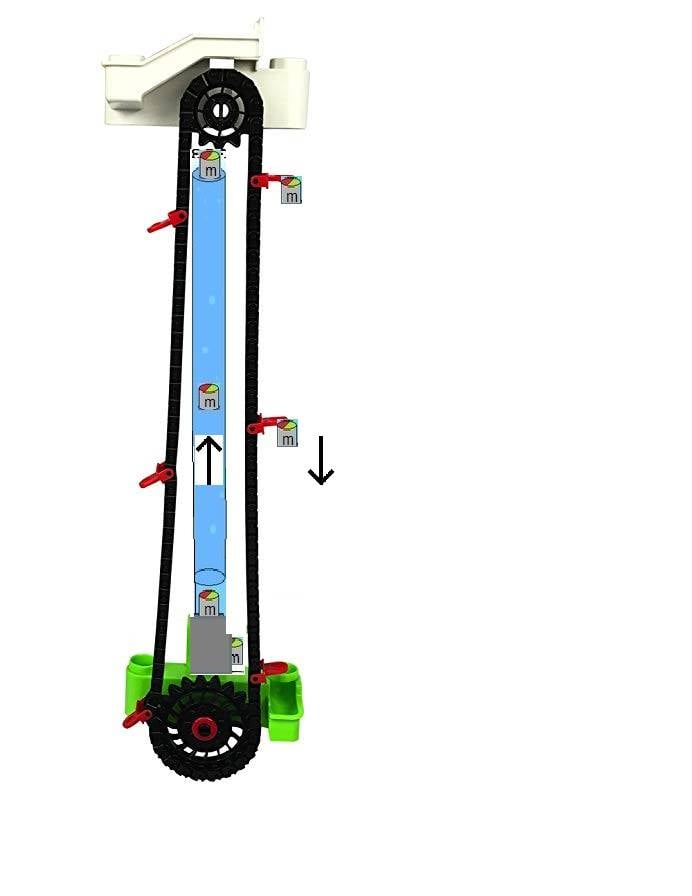
UpliftLift
比水轻的物质渗透到水柱中并穿过水柱 静水力向上隆起。在上端,群众被电梯举走, 它们安装在电梯上,向下落下以保持电梯移动以产生能量。 举升机也可以用油代替物质进行操作并进行渗透 带喷嘴。
我的专利申请方向是永动机和意识 我对能源或电力的生产保持沉默,因为否则 发生 100% 拒绝。 然而,基于我的信念,我认为...... 卡诺循环、能量守恒定律和证明其不可能性 永动机,即效率小于或等于 1 仅适用于 像发动机这样的热动力机器适用,但存在漏洞。
Conservation of energy wikipedia

荒漠化
要将人类在 6G 下加速到光速的一半,需要 29 天或 2527232 秒的加速。
t = (c/2)/a = (149896229[m/s]) / 59[m/s^2] = 2527232 秒
将 1000 公斤重的宇宙飞船加速到 6G 光速一半所需的总能量 大约是:
W = F * d
F = 1000 [kg] * 59.28 [m/s^2]
F = 59280 [N]
d = (1/2) * a * t^2
d = (1/2) * 59 [米/秒^2] * (2527232 [秒])^2
d = 2 * 10^14 [米]
W = F * d
宽 = 59280 [牛] * 2 * 10^14 [米]
W = 1*10^19 [焦耳]
为了确定单个托卡马克 ITER 反应堆在 29 天内可以产生的能量, 我们需要将 29 天转换为秒,即 2527232 秒。 单个输出功率为 1.5 GW 的托卡马克 ITER 反应堆在 29 天内产生的能量为:能量=功率*时间
能量 = 1.5 [GW] * 2527232 [秒]
能量 = 4 * 10^15 [焦耳]
W / 能量 = 1*10^19 [焦耳] / (4 * 10^15 [焦耳]) = 2500
因此,需要大约 2500 个托卡马克 ITER 反应堆,每个反应堆产生 1.5 GW 的电力, 连续运行29天,产生加速1000公斤飞船所需的能量 6G 时光速的一半。或
E_kinetic = (1/2)*m*v²
E_kinetic = (1/2) * 1000 [kg] * (149896229 [m/s])^2
E_kinetic = 1 * 10^19 [焦耳]
...
爆米花锅为什么会裂?
ImpulseCover > ImpulseBottom + 加速反冲

爆米花机Landspeeder

网球发球机陆地加速器
将铁球斜向上射向房间的天花板,以便 掉落的球可以回收。
我使用电磁加速,球位于环形球的中心 电磁加速器,即位于空心圆柱体或线圈的中心 没有或最小的后坐力。
在任何情况下都不要使用轨道炮,因为后坐力太大。
动量守恒: m_1*v_1 + m_2*v_2 = m_1*v_1' + m_2*v_2'
但存在循环质量流量:
Q 是流量(Q = V/t,单位:m³/s)
ρ 是密度 (kg/m3)
V 是体积(立方米)
m 是质量(单位:kg)
g 是重力加速度 (9.8 m/s2)
v 是速度(以米/秒为单位)
t 是时间(以秒为单位)
冲量:p = m*v
力:F = m*dv/dt = m*a
但公式应该是这样的:
F_g = (Δv*m)/dt = (Δv*V*ρ)/dt = Δv*Q*ρ = Δv*Q*γ/g = Δv*ṁ
Δv 是盖子处的脉冲速度与底部的脉冲速度之差
γ 比重(N/m3) = kg/(m2s2)

球电磁加速Landspeeder

电磁加速器Landspeeder
电机产生电磁加速能量。 将创建多个这样的铁球电磁加速器室 组合起来形成一个负载,例如滑板或汽车 漂浮或飞行。
 线圈枪
线圈枪
线圈枪
v_end = ((2*V* μ_0*χ_m*n²*I²)/m)^1/2
m 是弹丸的质量
V 是射弹体积
χ_m 是磁化率
μ_0 为真空磁导率 4π × 10−7 V*s/(A*m)
I 是电流,单位为安培
n 是线圈单位长度的线圈匝数,通过除以得到 线圈的总匝数可以通过线圈的总长度(以米为单位)来确定
力线圈枪:
F = (0.5 * B^2 * A * n * l * I^2) / d
B 是线圈枪内的磁场强度(特斯拉)
A为线圈截面积(平方米)
n 是线圈的匝数
l 是线圈的长度(米)
I 是流过线圈的电流(安培)
d 是施加力的距离(米)
物理学家利用量子力学从无到有中提取能量 - quantamagazine.org
QuantumfieldFluctuationTurbine




我使用 200kW 激光器、探测器和全反射静态硅镜 代替涡轮叶片 涡轮机由于量子涨落、量子噪声而旋转 和辐射压。
量子涨落可以在人体尺度上晃动物体 - 麻省理工学院LIGO实验室
Quantum fluctuations can jiggle objects on the human scale.pdf
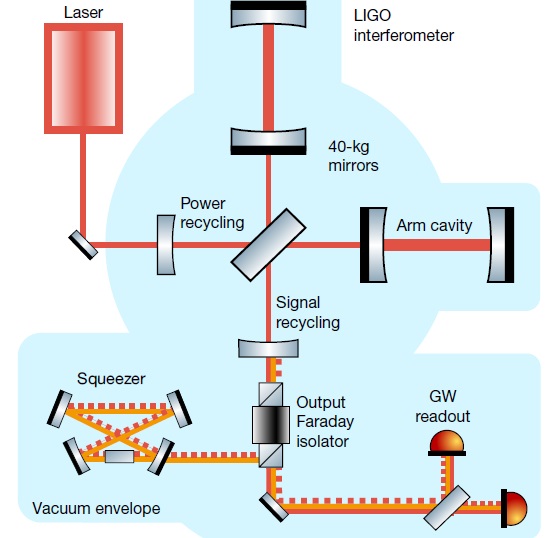
辐射压
p_st 或光压是由于吸收、发射或反射电磁辐射而作用在表面上的压力。 在吸收和发射过程中,辐射压等于波的强度 I 除以光速 c: p_st = I/c,单位为 p_st = N/m2 = J/m3 = Pa(帕斯卡); 完全反射时的辐射压力是完全吸收时的两倍。 频率为 ν 的光子传输能量: E = h * ν (参见光电效应) 与普朗克常数 h。
由于能量动量关系 E = (p²*c² + m²*c4)^1/2 对于质量 m = 0 的光子,脉冲 p 的大小为: | p| = h*ν /c
波浪模型: 真空中的辐射场对表面施加的压力可由下式确定: 表达麦克斯韦应力张量 (T i j)。具有吸收表面 法线向量 n,辐射压力由下式给出: p_st*nj = ΣTij*ni 麦克斯韦应力张量的分量可以从电学中导出 计算场强E和磁通密度B:
Tij = (1/ 2)*( ε_0*E² + B²/ μ_0 )*δij − ε_0*Ei*Ej − Bi*Bj/ μ_0
其中 δij 是克罗内克增量,ε_0 是电场常数,μ_0 是 磁场常数为。
量子噪声
由电磁辐射的量子化产生并具有光谱 高频的功率密度。对于波长 ≤ 10 μm,热噪声占主导地位。 因此,可见光范围内的光接收器需要更高的信号功率 超出电子频率范围。 当原子或亚原子粒子(电子、光子或...... 甚至更小的粒子)参与能量能级跃迁(“量子跃迁”)。 相应的测量值(以及计算结果)均以一 概率分布 在数学和概率上都是正确的 然而,在计算实践中,它往往不能令人满意,甚至无法使用。
迄今为止,还没有关于量子涨落施加的力的公式

带有复位弹簧 (4)、驱动杆 (1) 和齿轮传动装置 (2) 的手动风扇 (3) 的机械结构
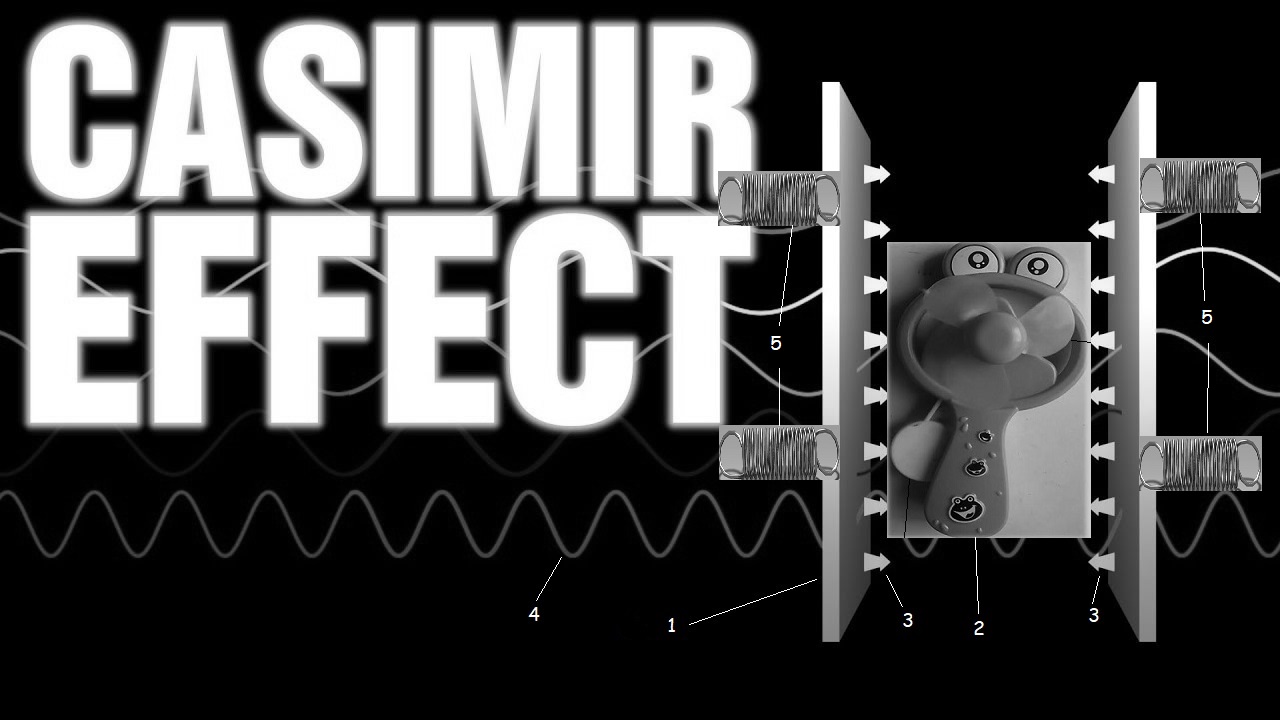
由卡西米尔效应面板 (1)、手动风扇 (2) 组成 返回弹簧 (5)、卡西米尔力 (3) 和不同波长的量子场/涨落 (4)
手动风扇通过反复向您施加压力,产生卡西米尔效应 通过齿轮机构杠杆旋转能量并 通过弹簧或橡胶圈返回到杠杆的起始位置。

HeadMaze
 陀螺仪齿轮松动
陀螺仪齿轮松动
 企业号星舰与博格号
企业号星舰与博格号
e-mail or facebook contacts World Political Parties.pdf
https://www.youtube.com/@magoam8502/videos
技术进步(优化燃烧、催化转化器、直喷 替代能源、里程、减少排量、最小化消耗)
社会发展和反思(社会变革、拼车、 汽车共享、价值主张)、替代交通(自行车停车位))
措施(技术和后勤措施(促进公共交通、 绕道、区域驾驶禁令、燃料类型比例)、法律措施 (京都、最高时速、油价、运输成本))
交通因素(技术进步、社会发展和反思、 措施)
一氧化碳(自然、人为(交通因素)、其他(工业、...))
二氧化碳(一氧化碳(氧化)、天然、人为)
二氧化碳减少(自然降解(森林...)、腐烂)

